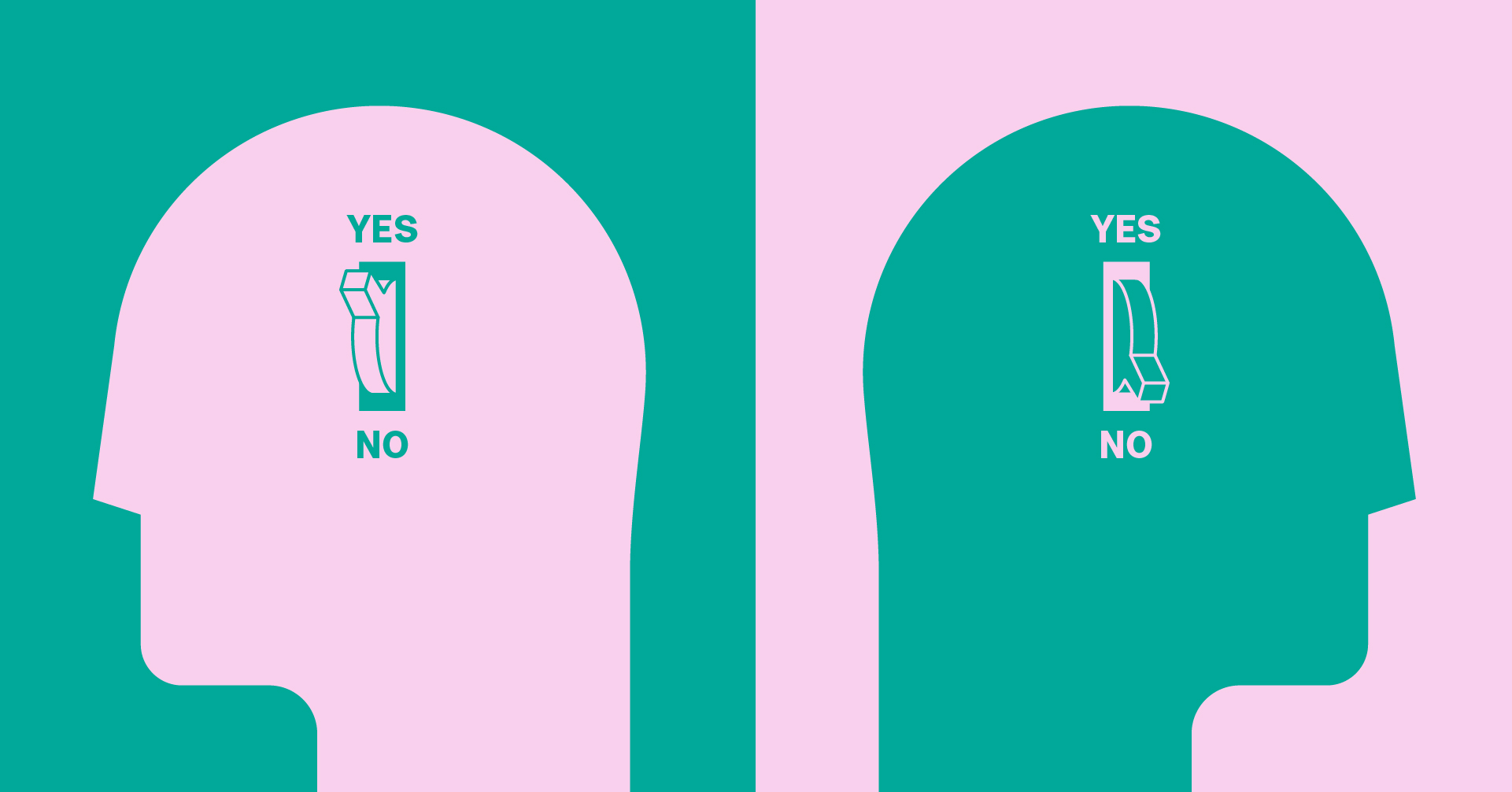
The customer is a decisive factor in your success. It is the customer who ultimately decides whether your brand has a future or not. Therefore, it is essential that you get to know them.
If you don’t take the time to familiarize yourself with who your customers are, so that you can personalize and tailor your marketing, you most likely won’t reach your target audience – and you can be almost certain that your marketing will not have the desired effect.
But why is it so important that you get to know your customers?
1.
The customer expects you to understand their unique needs and expectations.
2.
The customer is your foundation. If you can get closer to them, you can engage, inspire, and connect in a way that is meaningful.
3.
It supports your customer service – good customer service is important when the customer decides whether they want to buy a product or not.
4.
You can avoid bad experiences. If the customer has a bad experience with your brand at some point, the risk of them choosing another brand increases.
5.
You have a better chance of retaining your customers. If you can retain just a small group of your customers, it can help increase your profits significantly.

1. Analyze across platforms
In a world that is only becoming more and more digital, we are basically swimming in data. Useful data. However, it only becomes useful when you know how to use it. There are several analytics tools that can help you understand your customers’ behavior across platforms. These tools provide useful knowledge about who the users are, who become customers, and how they navigate your website – which also gives an insight into where you should optimize.
Thorough data analysis is a great way to get a panoramic overview of who your customers are and understand their behavior, habits, and preferences. With such insight, you will be able to build profiles and personas that can improve your communication and marketing – and help you measure ROI (Return on Investment) on social media.
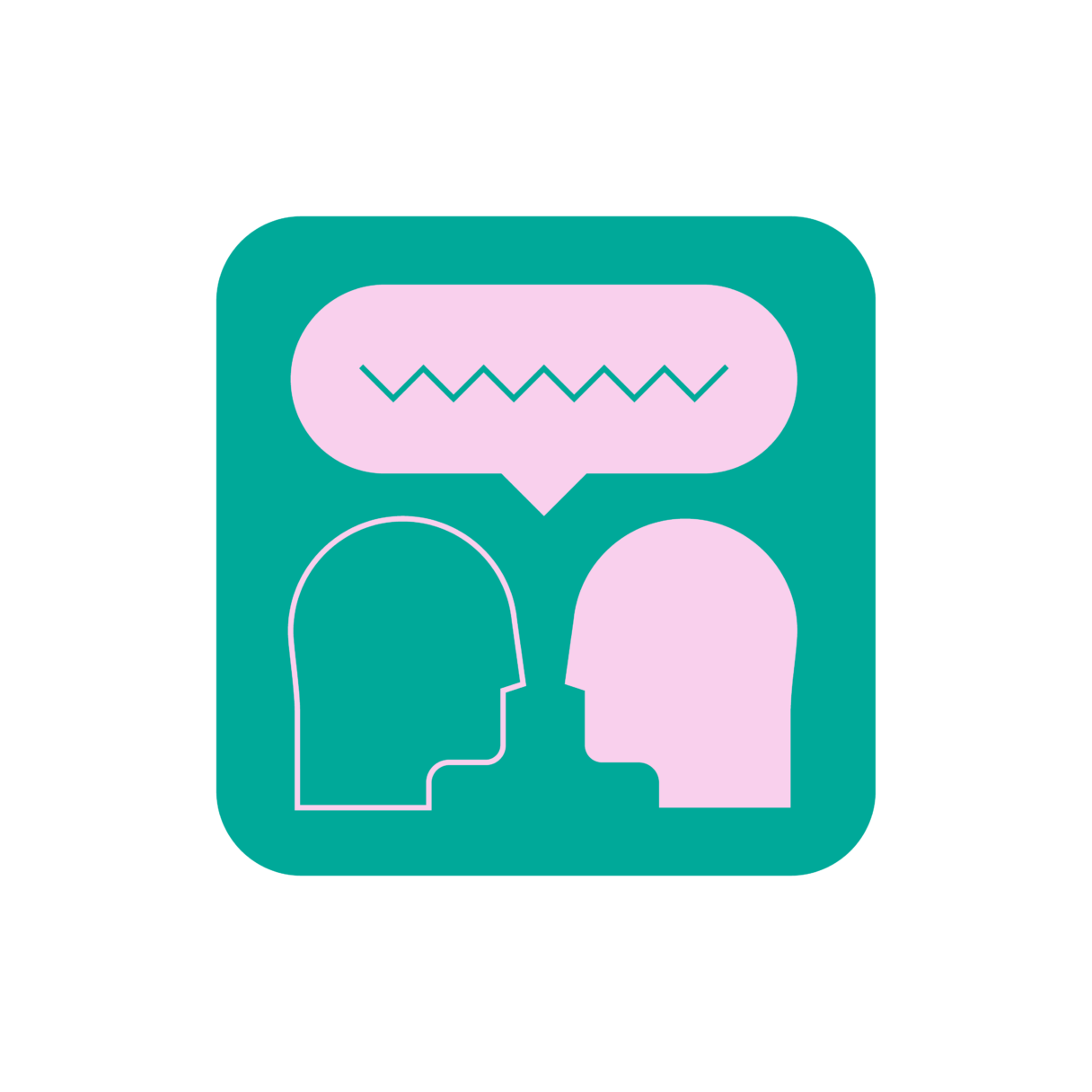
2. Start a dialogue
If you really want to get closer to your customers, you have to meet them where they are and start a dialogue here.
“Hi there. How do you use my product? And in what situations?” is one – very direct – way to start a dialogue. However, it can be done in a myriad of ways.
You can use everything from polls and questionnaires to social listening. Social listening – what is that? In short, it is keeping a sharp eye on your brand on social media. How, where, and when is it mentioned? It can be done manually but is usually an extensive piece of work. Therefore, you can advantageously use tools designed for this very purpose.
Another effective way to engage with your customers is through user-generated content. If someone tags or posts something about your brand or product, make sure to share it. People are significantly more likely to buy something that has been recommended to them by others – especially if it is people they trust or can relate to.
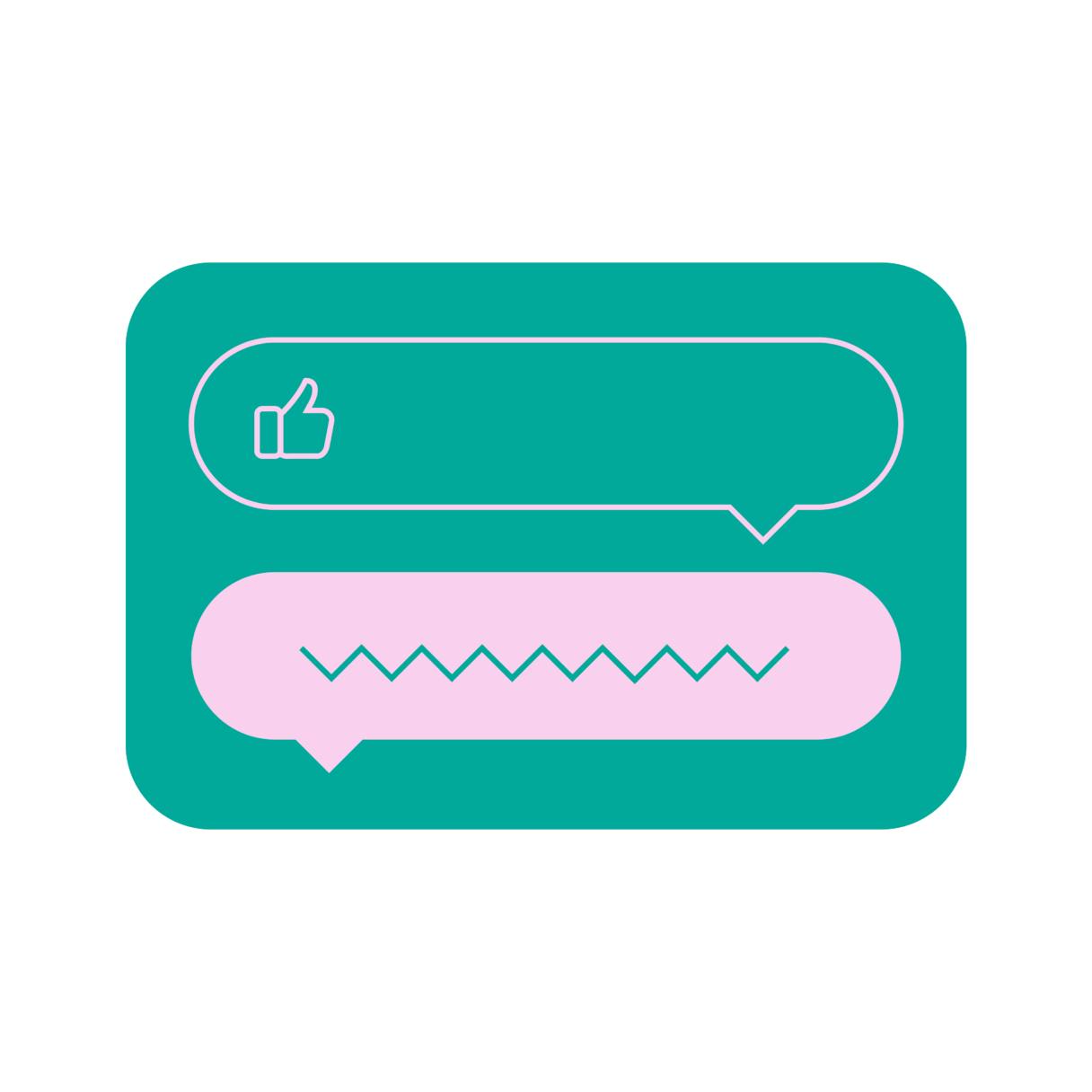
3. Always respond to reviews and comments
Social media is not only a tool for communicating to your customers. It is also a tool for communicating with your customers. It always pays to respond to comments and reviews from users – negative as well as positive. Whether these are posted on social media, Google, or websites like Trustpilot, you should always try to answer them personally.
When you answer these and even make them personal, you make your brand more human. You show customers that there are real people behind the brand. People who care about the specific customer’s experience and needs.
Most users considering a purchase look for reviews before deciding. Reviews are a sign of trust, and therefore it is important that you always take the time to respond. In addition to building trust, reviews and comments provide important insight into what your customers think of your product or service.
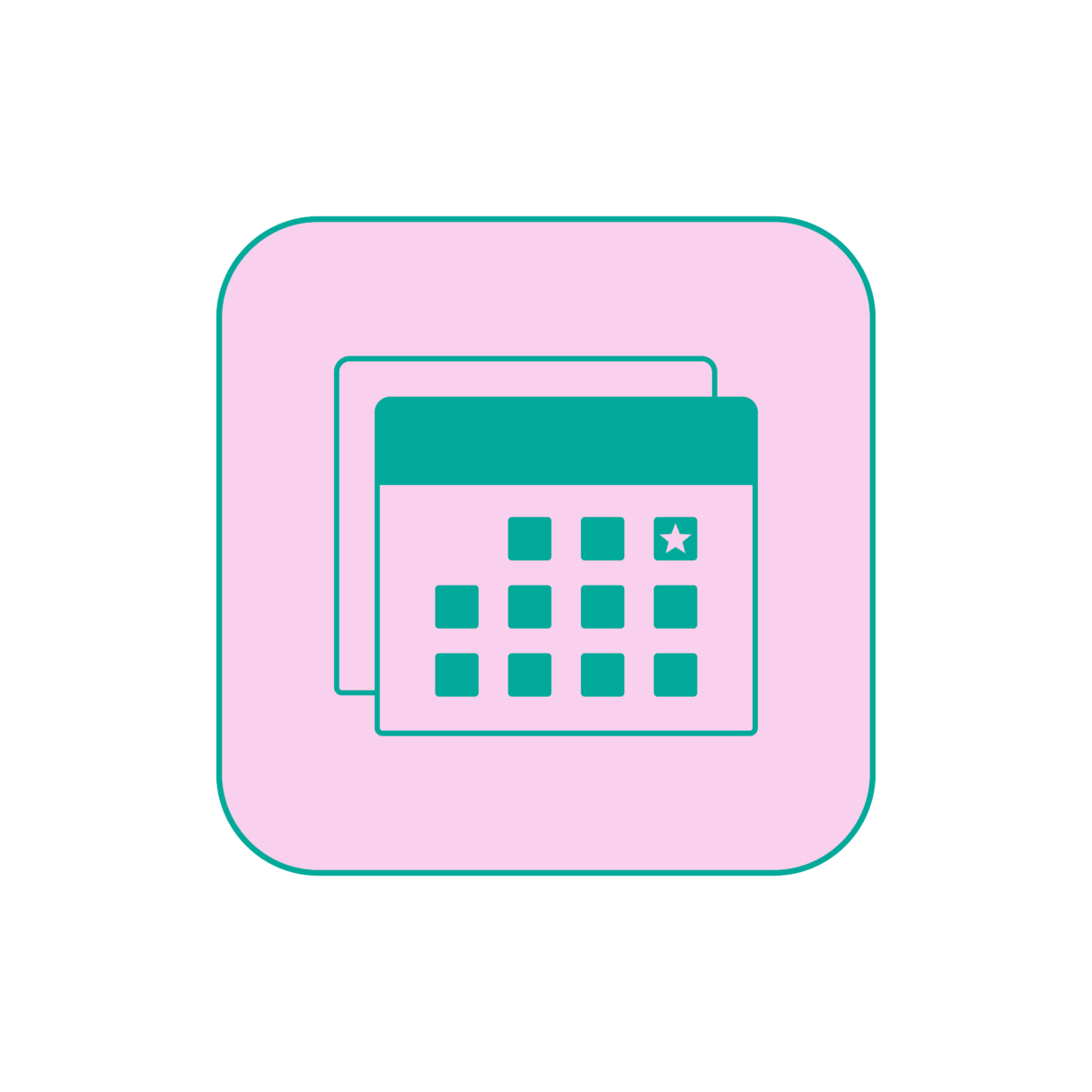
4. Meet your customers through events and experiences
Your customers are not just names on a screen. Take advantage of it. Meet them, experience them in real time. Today, users rarely take the bait if they are simply presented with a product. It must make sense to them. They want personalized content and meaningful messages, but even more, they want experiences. Larger companies with large budgets are well placed to organize great experiences and events, but smaller brands can provide the same value.
It is not always about the money, but about the concept and whether it speaks to the target group. So, you can throw as much money into the project as you want, but if you don’t target it, it can end up as lost money.
Hosting events are an excellent way to demonstrate your brand’s value and identity. Host workshops, webinars, open forums, release events, lives on Facebook and Instagram – and much more. It gives you the opportunity to meet your customers in real life and teach them more about your brand, your products and service. You also get the opportunity to see what kind of people are interested in your brand.
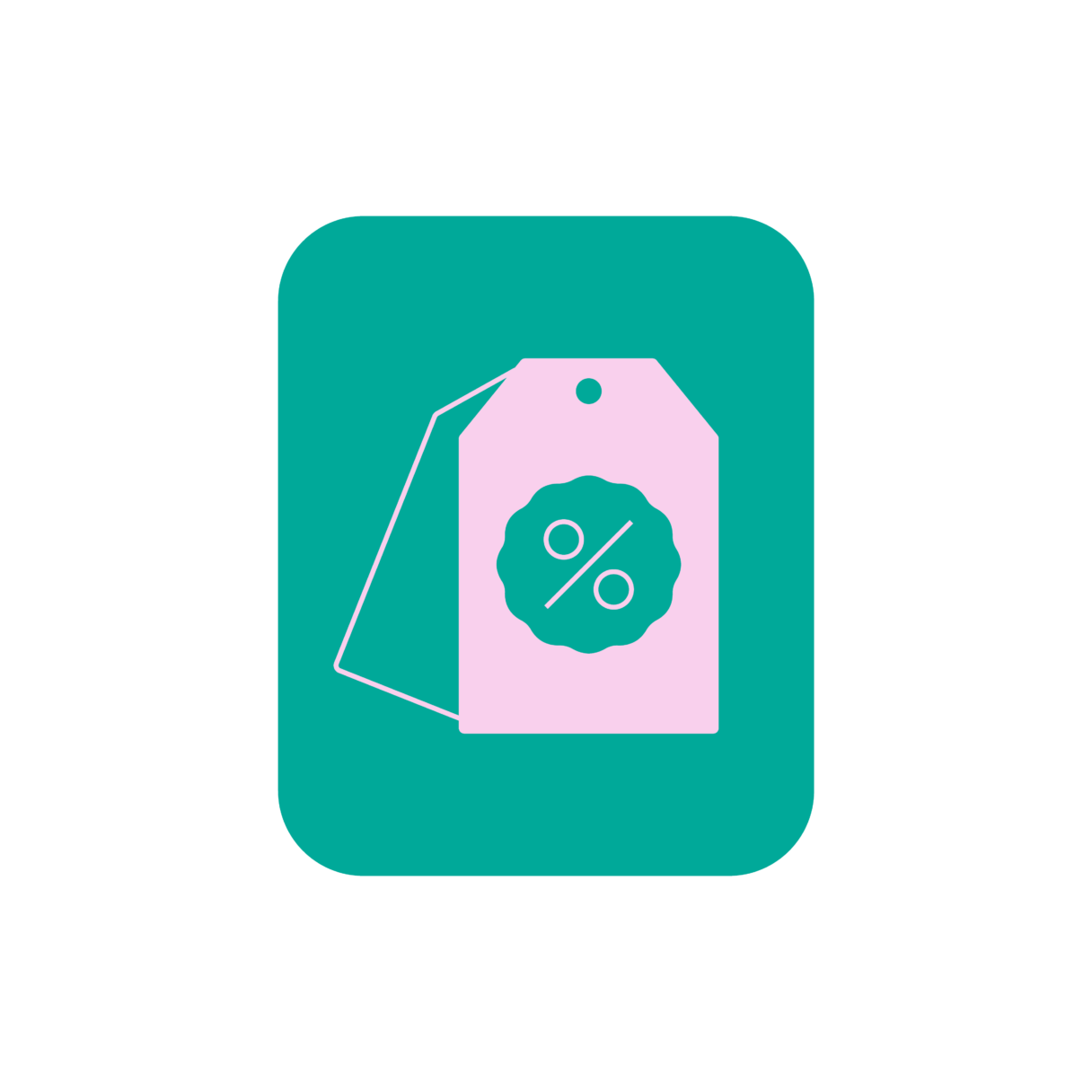
5. Customized offers
Personalization is a key word when interacting with your customers. If you offer your customers personalized offers, you are very likely to build a stronger brand loyalty. Loyal customers give you the opportunity to gain a greater insight and get to know your target group better: Who are the customers who stick around? Who are you attracting with your current marketing and products?
Customers expect companies to offer personalized interactions, and it can create frustration when this expectation is not met. You can’t just do a copy-and-paste when you’re communicating with your customers. Therefore, it is important that you find out how to target your target group best, so that you don’t lose them in the process.
Segment your email lists, look at past interactions, downloads, and purchases, and be careful in your targeting so you reach the right people with the right message.
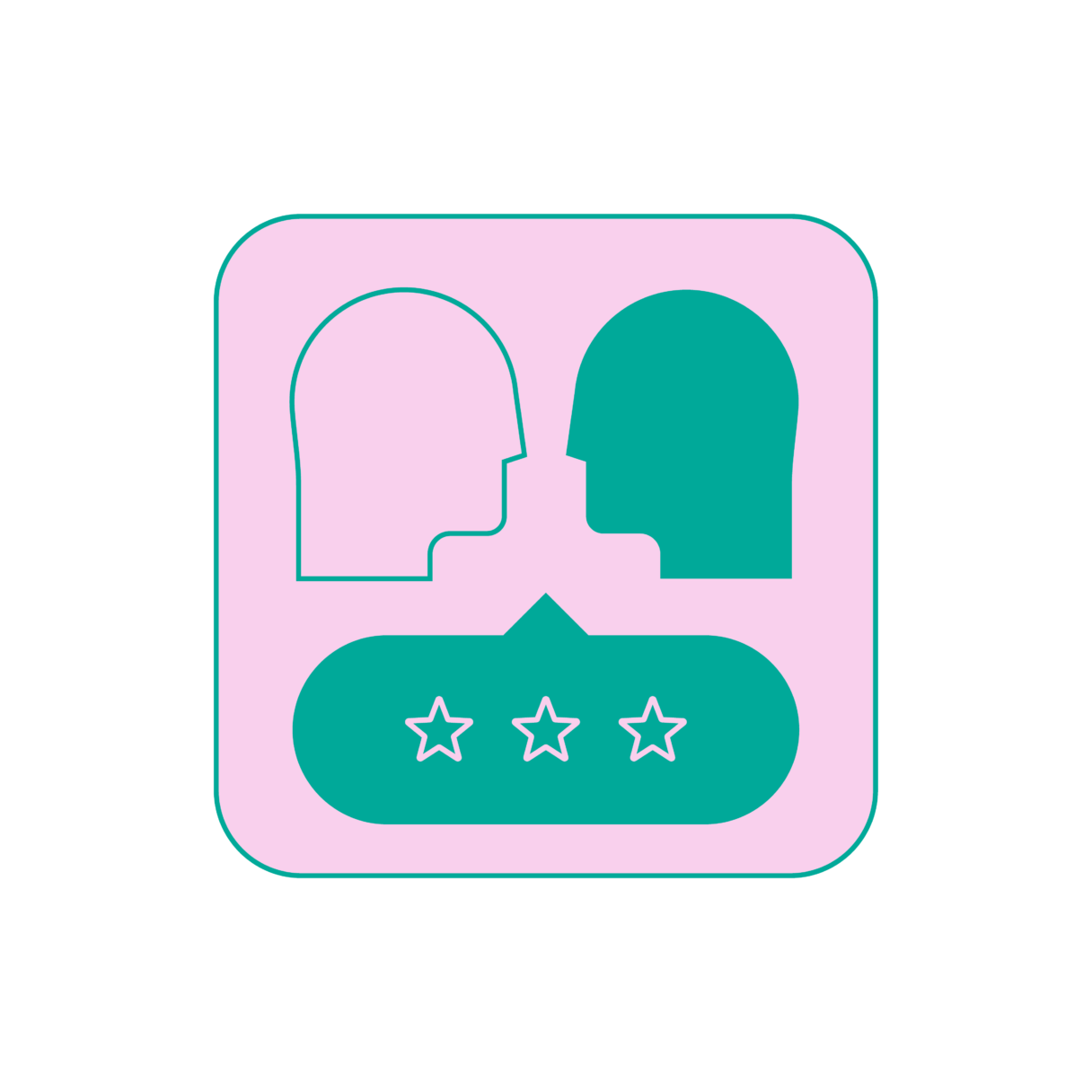
6. Start a loyalty programme
Now that we are talking about loyal customers, a loyalty scheme is not a bad thing to implement either. A loyalty scheme can strengthen your retention rate, while also opening a communication portal between your brand and your customer.
Users are generally more likely to choose a brand with a loyalty scheme than a brand without. The scheme gives the opportunity to keep the customer up to date on news and developments, while at the same time you can give access to exclusive offers to the loyal customer.
In exchange for a membership of the loyalty scheme, you can get access to a lot of data about your target group – and thereby get even more knowledge about who they really are.
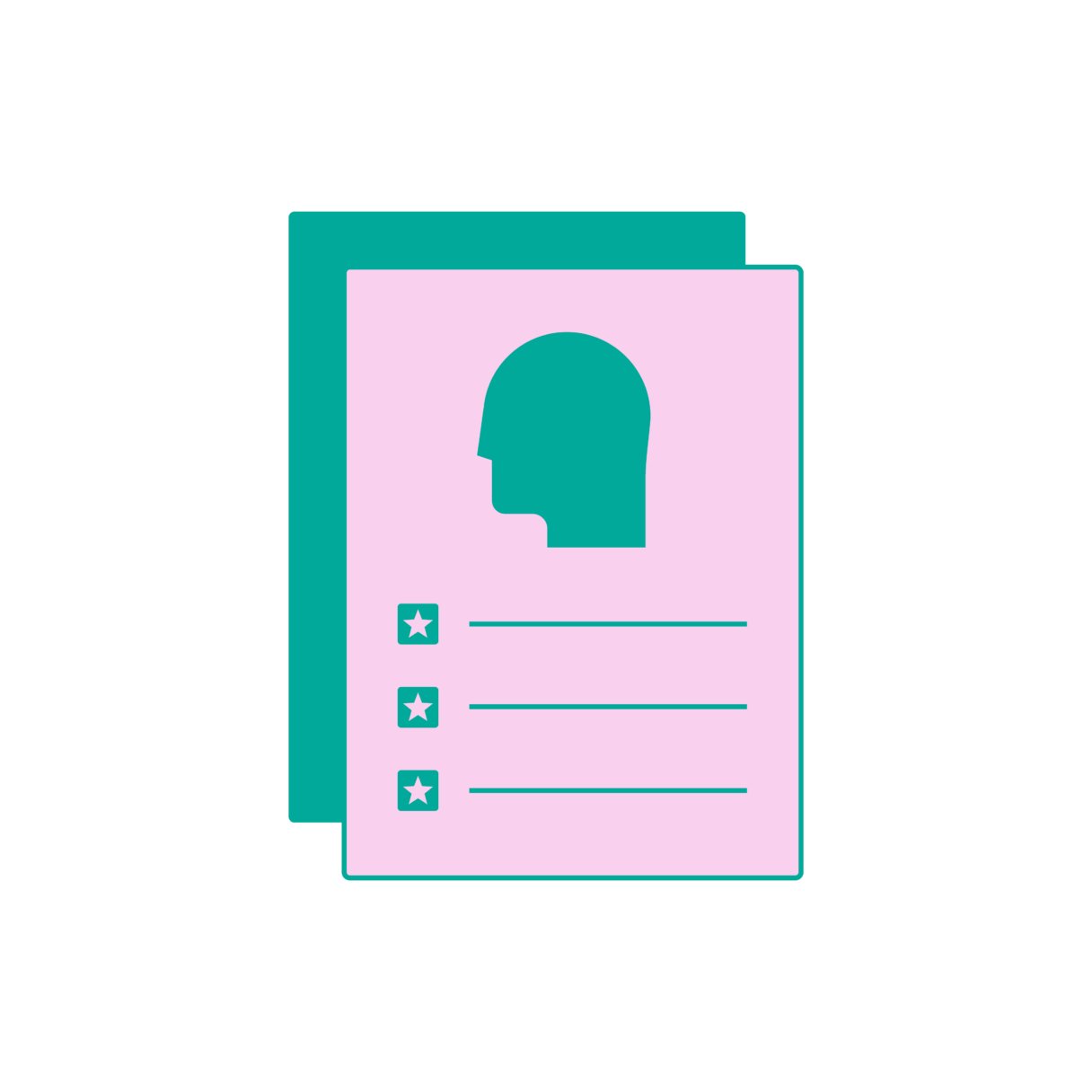
7. Create a profile for your ideal customers
Do you tell yourself ”my brand is for everyone – targeted everyone”? Then you are not alone. In fear of alienating some or missing something important, many are afraid to narrow down their target group. The problem is that you miss out on more by trying to embrace everyone. Therefore, you should create a profile – a so-called “customer persona” – for your ideal customer. In some cases, multiple profiles will be required.
You don’t just have to look at the classic demographic features but go in depth and be thorough. Write down as many things as you can think of about your ideal customer. You can make it easier by basing the profile on a person you already know – perhaps you already have a client in your portfolio who you would describe as the ideal? Ask yourself what problem this customer is facing and how you can help solve that problem with your service or product. How do you fit into the customer’s everyday life?
The more specific you can be, the easier it will be to communicate with your ideal customer and attract more of them.
It is never too late to create a profile of the ideal customer. As an established company with an existing clientele, you can also benefit from creating such a profile. By examining which customers, you already have and creating a profile of the ones you would like, you will have the opportunity to find out if you are attracting the customers you want. If there is a discrepancy, it may be time to make some changes so that you can attract the right customers.
Ready to get to know your customers?
Even with 7 powerful tips in the bag, customer analysis is not an easy discipline.
We are ready to help you gain a thorough insight into your customer segments – and to translate that knowledge into a digital strategy. Tailored just for your business.